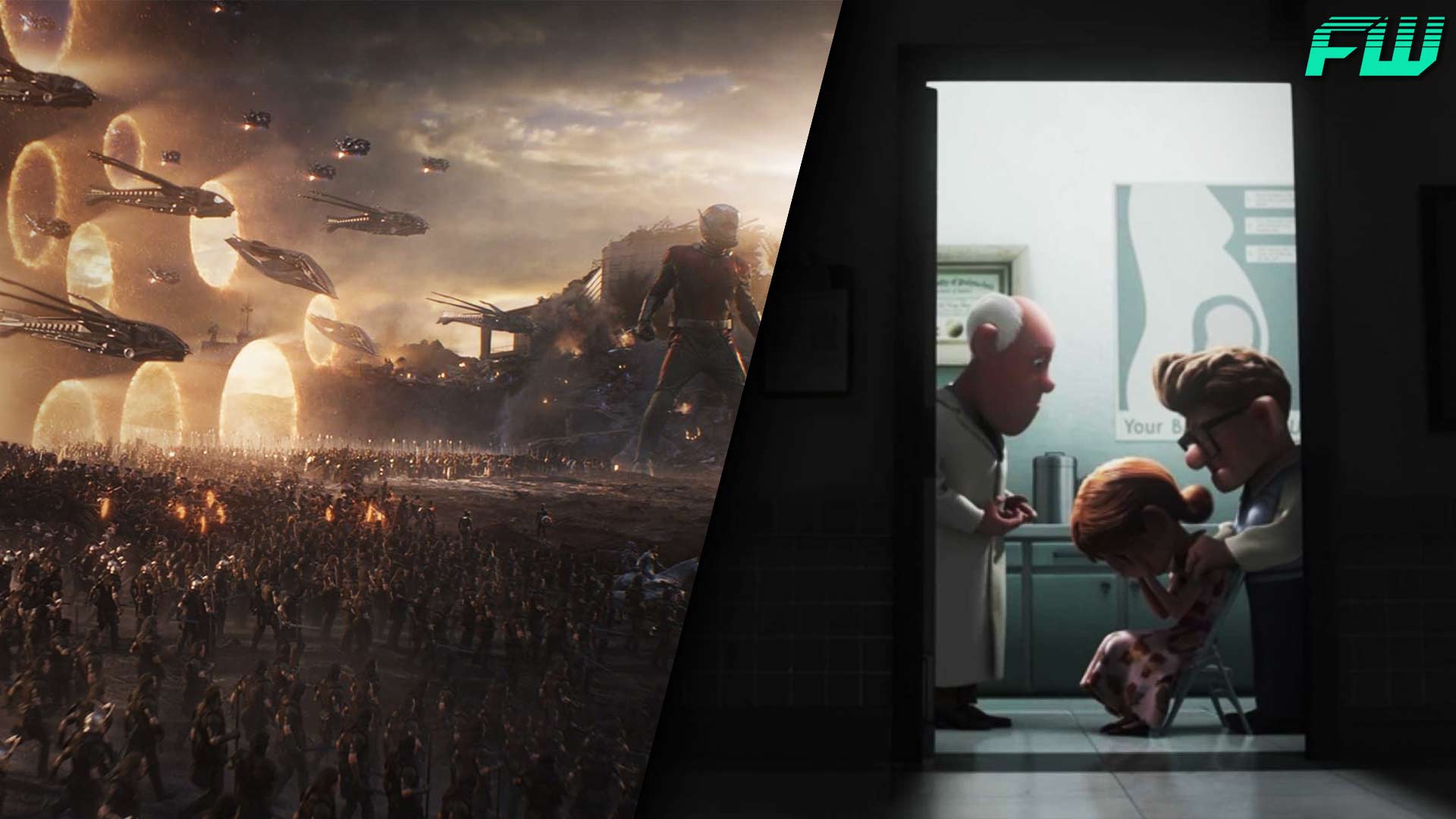Making movies is not everyone’s cup of tea. It’s far more complicated than reading lines and recording a video for your reels. Even a five-minute scene that feels natural and ordinary on the screen goes through a plethora of scripts, edits, and touches. Cinematography and direction is a blend of science and creativity that trick you into feeling exactly what the person at the helm envisions. We will be sharing some on-screen trickery that goes behind the scenes. So, find out the 10 tech-tricks directors use in Hollywood movies. Do mention in the comments if you know more fascinating strategies.
Low-Light Effect
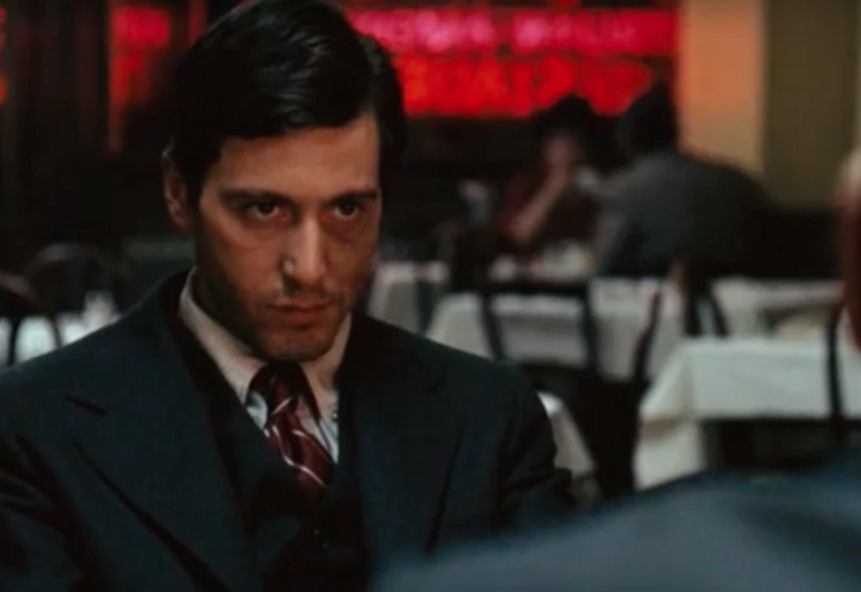
Placing a character in low-light creates a sense of mystery. Therefore, the shadowy effect cast on Al Pacino’s Michael Corleone in “The Godfather” complemented his secretive and dark disposition. Heck! He never told Kay about his marriage in Sicily and how his first wife had died. And let’s not forget how he got vengeance from his sister’s husband in cold blood and denied it with a straight face. This low-light effect is used in crime-thrillers to amplify the tension and curiosity about a particular character.
Staring Into The Camera

If you are shown a collage of human expressions, the one to strike you first will be the picture that stares right at you. Our brains are trained to respond faster when they sense a threat in the environment. Hannibal Lecter from “The Silence of the Lambs” and Norman Bates from “Psycho” used this trickery to make the viewer uncomfortable. These sinister characters staring straight into the camera is highly disturbing even now.
Colour

The colour tone of a scene decides what message you get from that situation. For instance, the amber and crimson hues used in the first two parts of “Harry Potter” rendered a warm and “womb-like” surrounding. But its change into dark green and grey tone in the later parts, especially after Voldemort’s return, indicated the impending rise of Death-Eaters.
Direction Of Movement
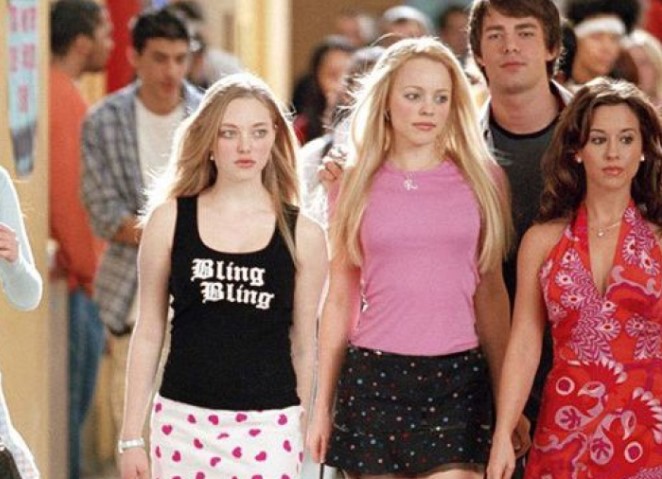
Our mind subconsciously receives a movement to the right as a good sign. Therefore, a good character often introduces itself by entering from the left and walking towards the right. Whereas, breaking into the scene from the right and moving to the left is interpreted as negative.
Infrasound

Infrasound may not be audible to humans but it has the power to shake the hell out of our internal organs. Horror movies use bass sound with a frequency usually lower than 20Hz as it results in a feeling of dread and sorrow.
Aspect Ratio
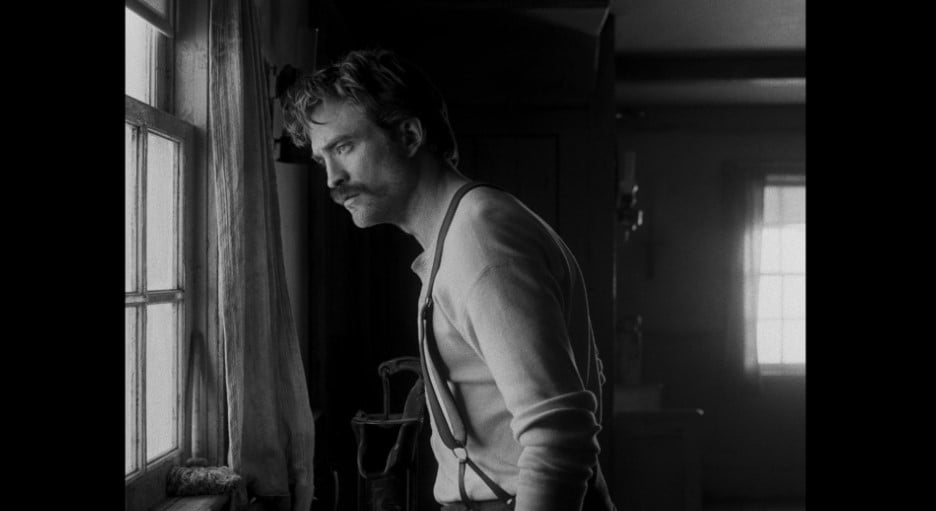
If you follow the latest MCU series “WandaVision”, you must have noticed how the aspect ratio manipulates a scene and its impact. 1:1 aspect ratio is used to recall memories whereas 4:3 is the standard ratio for creating period pieces in modern times. Other ratios such as 21:9 infuse rawness and intensity into the film. The high-intense drama of “The Dark Knight” is a great example of it.
Kuleshov Effect
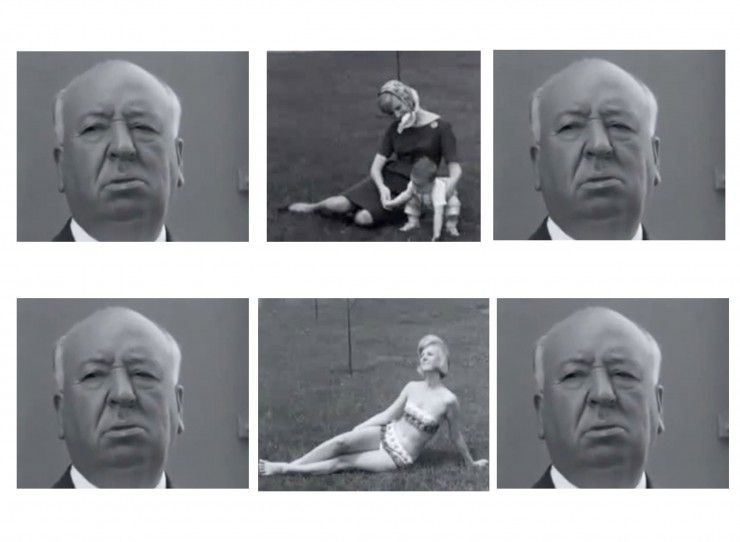
In Kuleshiv Effect, directors put two scenes back to back instead of focusing on a single shot. When two shots are compared in a sequence, it helps the audience to interpret the emotional state of mind of the character. It was used at the end of “The Godfather” when Michael was attending his godson’s baptism.
Low-Angle Shot

We always remember both Joker and Batman in “The Dark Knight” from a particular angle. They were shot from this angle on purpose to cast an effect of strength. When the subject is seen from a low angle, he or she appears to be more intimidating and powerful than other times. Even Mandarin in “Iron Man 3” was shot from below in the beginning before his secret was revealed.
High-Angle Shot

If low-angle represents power, high-angle signals weakness. Throughout the series of “Harry Potter”, the titular boy and his friends, Hermione and Ron, were shot from above whenever they were attacked by Dementors or Nagini. Being subjected to high-angle shot signifies vulnerable situation of the character. Even a gigantic villain like Thanos was shot from a high angle when he was ambushed by the Avengers at the beginning of “Avengers: Endgame”.
Dolly-Zoom
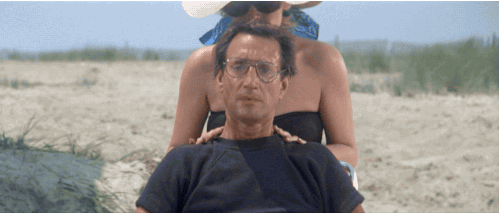
The Dolly Zoom or Vertigo Effect is used to render an unsettling and distorted feeling. In this, the camera either zooms in or out of the subject while its surrounding moves in the opposite direction.

